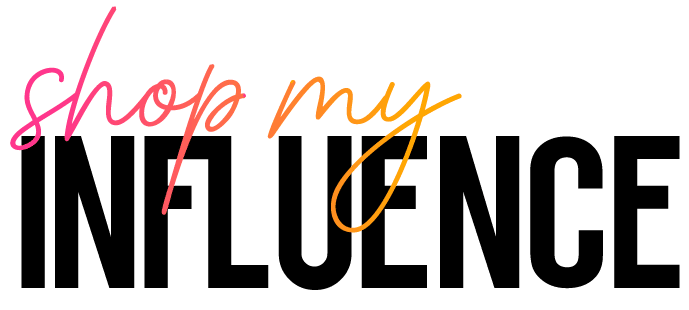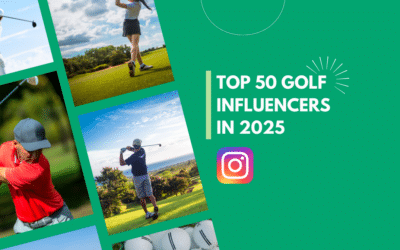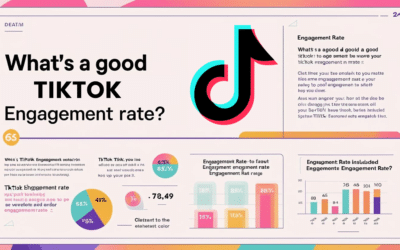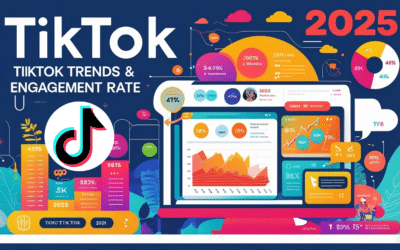The influencer marketing space can be daunting with so many types of influencers to choose from.
But did you know there are actually 5 different categories of influencer?
Say what?!

There are 5 Types of Influencers?
You heard us right.
But fear not, in this article we will cover the 5 Must Know Types of Influencers to better your overall understanding.
It actually isn’t confusing at all. And we’re here to breakdown the important bits for you.
Once you’ve completed your read, you’ll be an expert in identifying different influencer types
… and finding the perfect social media influencer for your brand!
Here are the 5 types of influencers you’ll get to know in this little guide…
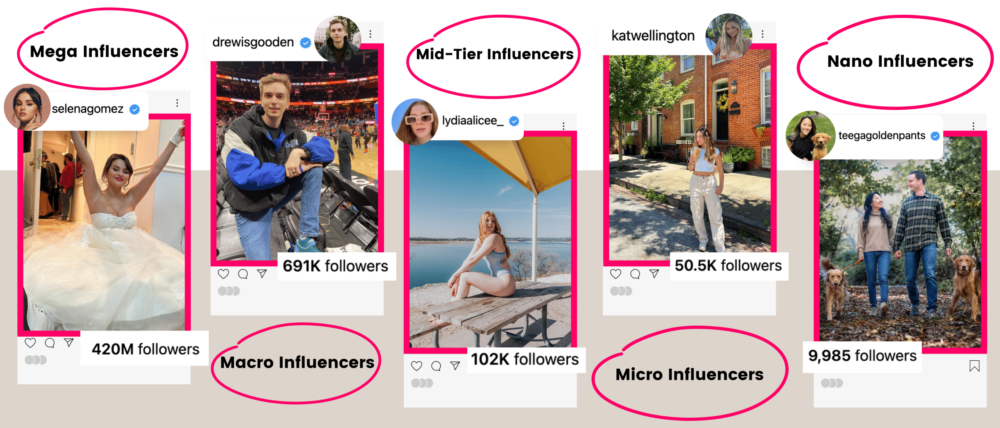
Types of Influencer:
> Mega Influencers (+1M Followers)
> Macro Influencers (500K – 1M Followers)
> Mid-Tier Influencers (50K – 500K Followers)
> Micro Influencers (10K – 50K Followers)
> Nano Influencers (1K – 10K Followers)
Concerns surrounding different Types of Influencers
A study revealed that almost three-quarters (73%) said that identifying the right influencer is the biggest challenge in influencer marketing.
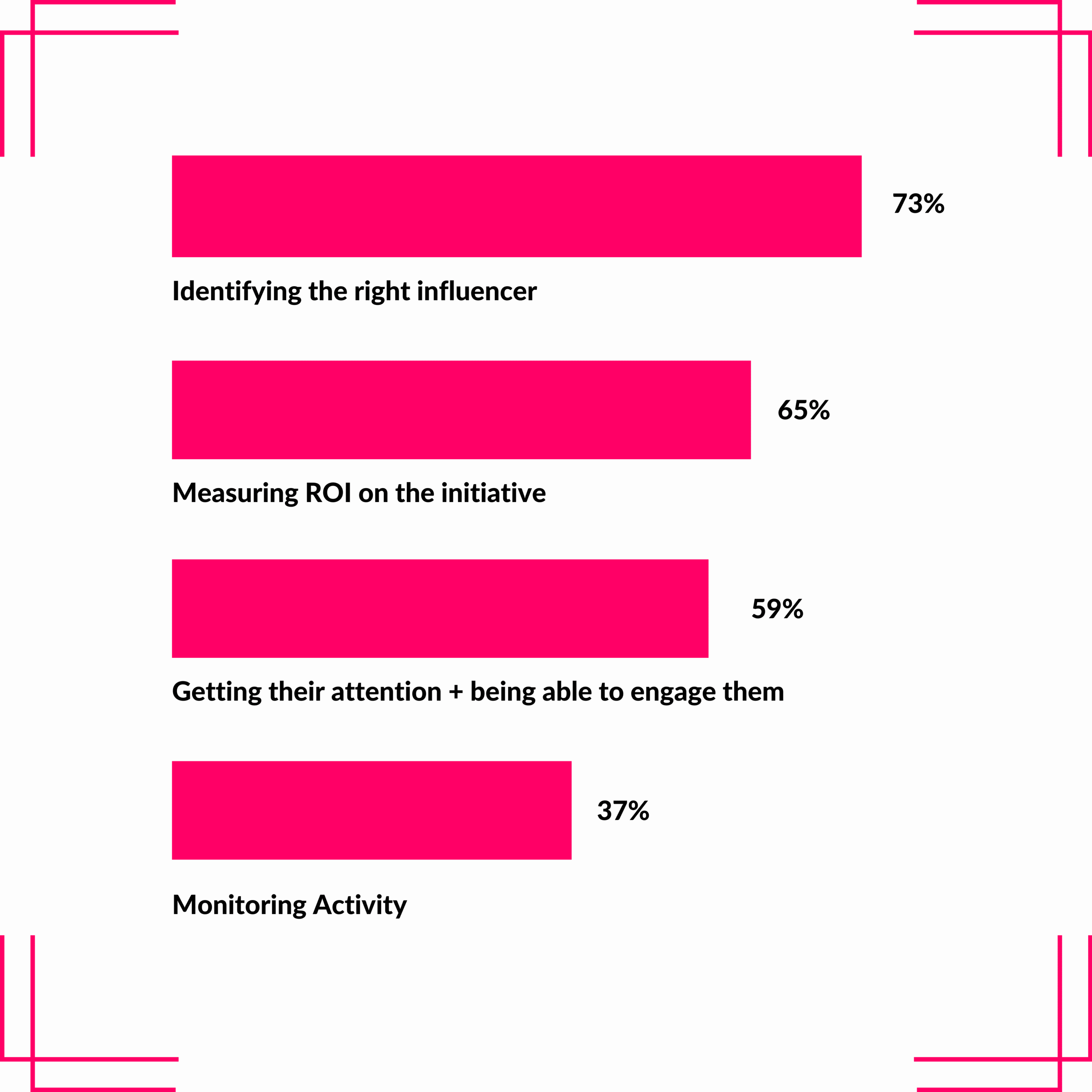
“What is the most cost effective partnership option?”
“Which partnership will see the greatest ROI?”
Finding the right creator can be difficult…
For example, based on your budget you might want to target more niche and smaller accounts, but based on your strategy a brand ambassador could be preferred.
These are all challenges that complicate the process of finding the perfect influencer partnership solution.
Click Tips
- The types of influencers should be aligned with your budget and strategy.
- Like any other medium of marketing, influencers should be tried with a budget, other a period of time with a specific strategy.
- Ideally we recommend working with minimum 5 influencers with repetitive content other a period of 2-3 months.
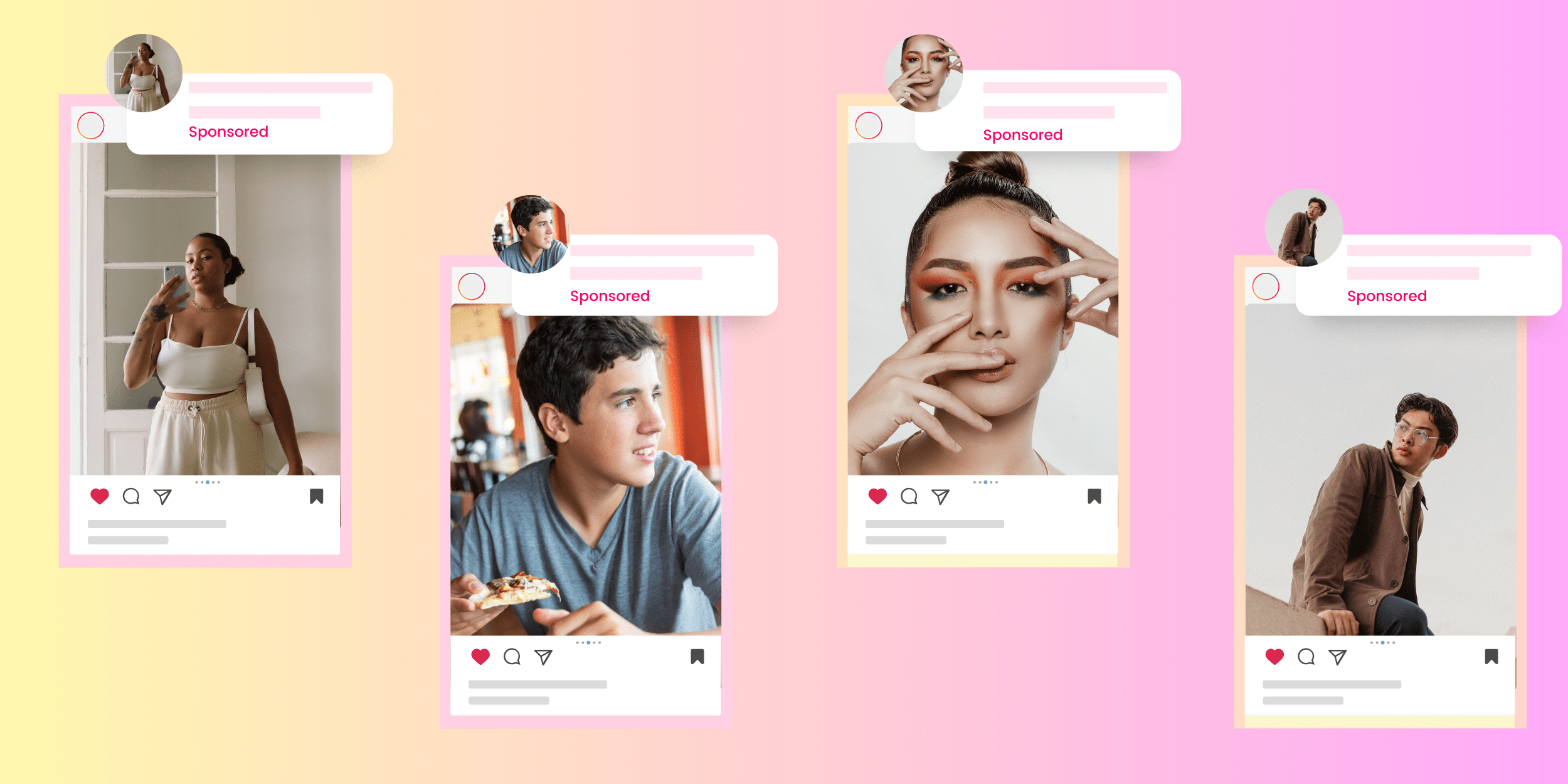
We know the value of a lucrative influencer partnership, and that finding the right influencer to fit your strategy and budget is imperative to brand success.
That’s why with so many types of influencers, the category of influencer you choose to collaborate with plays a crucial role in seeing these big results.
Influencer vs. Content Creator – What’s the
difference?
Let’s start at square one.
Both influencers and content creators are significant figures in the realm of influencer marketing.
But they differ in their primary focus and approach.
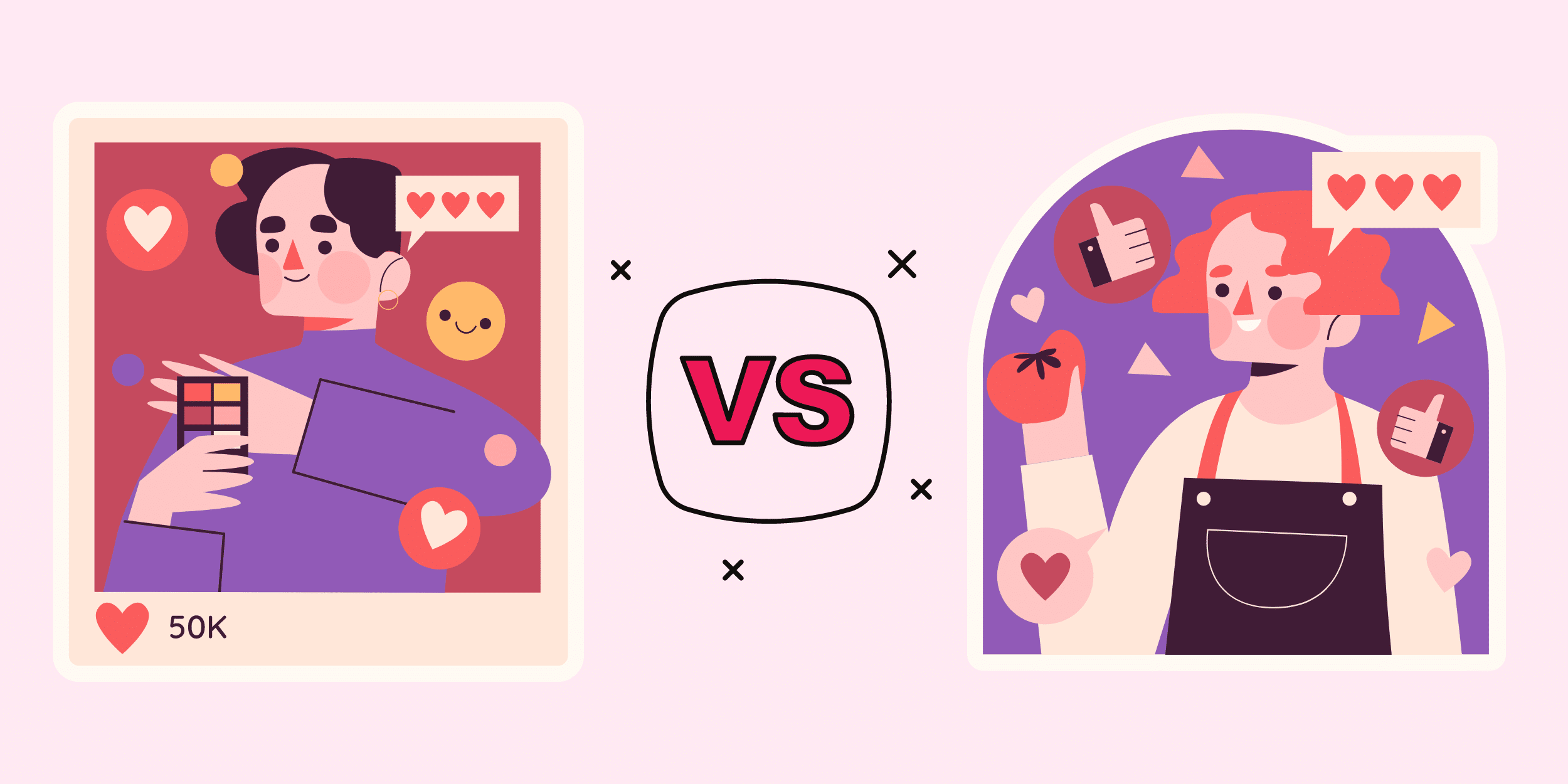
- Influencers: typically centre their efforts on cultivating a personal brand and engaging with their audience through various social media channels.
- Content creators: emphasise the creative process in their online presence, delivering originally crafted content via mediums such as: videos, pictures or podcasts.
Instagram content creator, TikTok content creator, YouTube content creator… These social media all host unique ways for both influencers and content creators to connect with diverse audience demographics across platforms.
In this article, we will cover the 5 Must Know Types of Influencers to consider.
Mega Influencers 🌟 (+1M Followers)
Mega influencers are one of the top influencer categories most known to the general public.
This prominent category of influencers are considered social media stars, and have amassed significant followings over time.
Often counted as being synonymous with the celebrity label, mega influencers have millions of followers and a wide reach.
These are figures like Cristiano Ronaldo or Selena Gomez…
Individuals like these are capable of immensely impacting trends, consumer behaviour and brand perception.
Why do brands collaborate with Mega Influencers?
- To have a significant figure or brand ambassador to showcase the brand.
- To co-create products due to large, intense audience interest.
- For leveraging brand credibility.
- To tap into their influence to increase brand visibility.
- Drive high levels of sales.
- Further shape consumer perceptions on an increased scale.
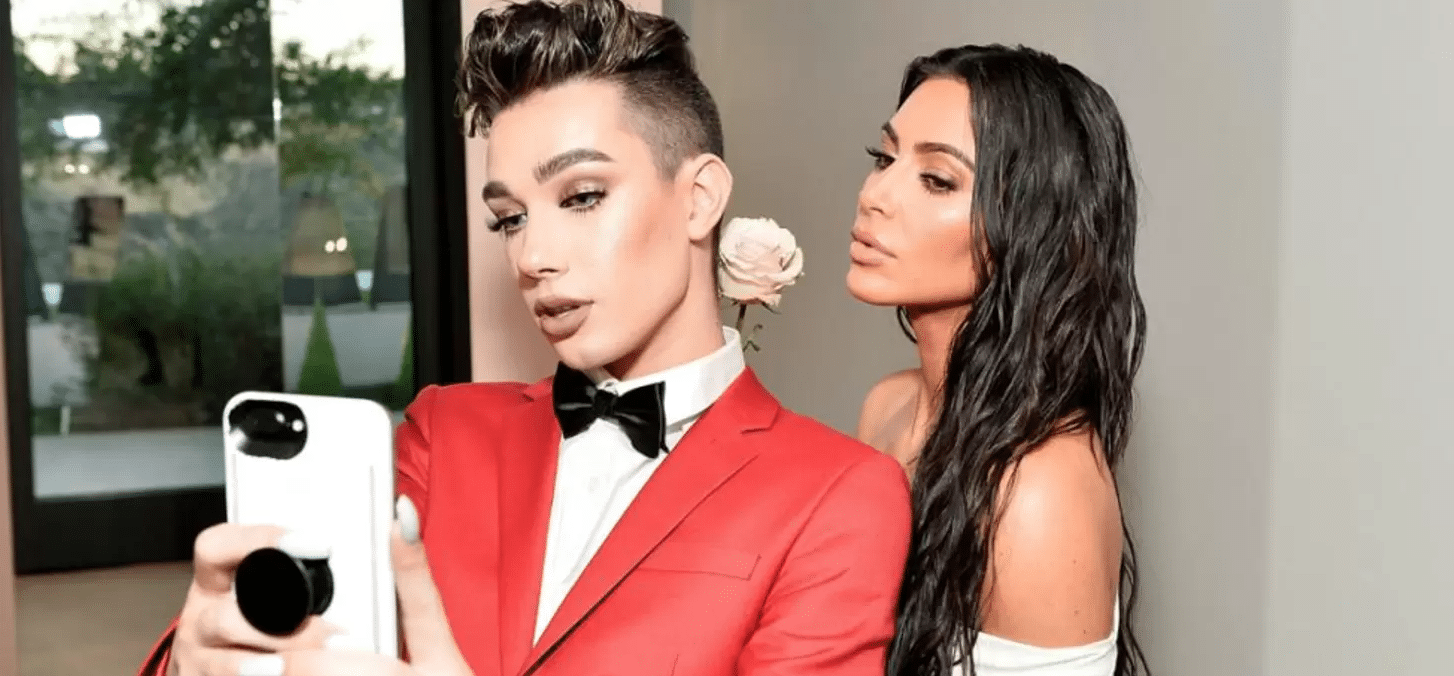
Their prominence is often the result of:
- their engaging content
- active presence
- relevant partnerships
This influencer group bear a natural ability to craft visually appealing content that resonates with their target audience…
all while contributing to their overall popularity!
Another factor contributing to their popularity is their personal brand – with many Mega Influencers starting brands of their own.
This provides businesses with an opportunity to co-create new products, building upon their personal brand and creating authentic, mutually beneficial partnerships that drive sales.
Mega influencer Emma Chamberlain’s ‘Chamberlain Coffee‘ line is a highly successful business venture.
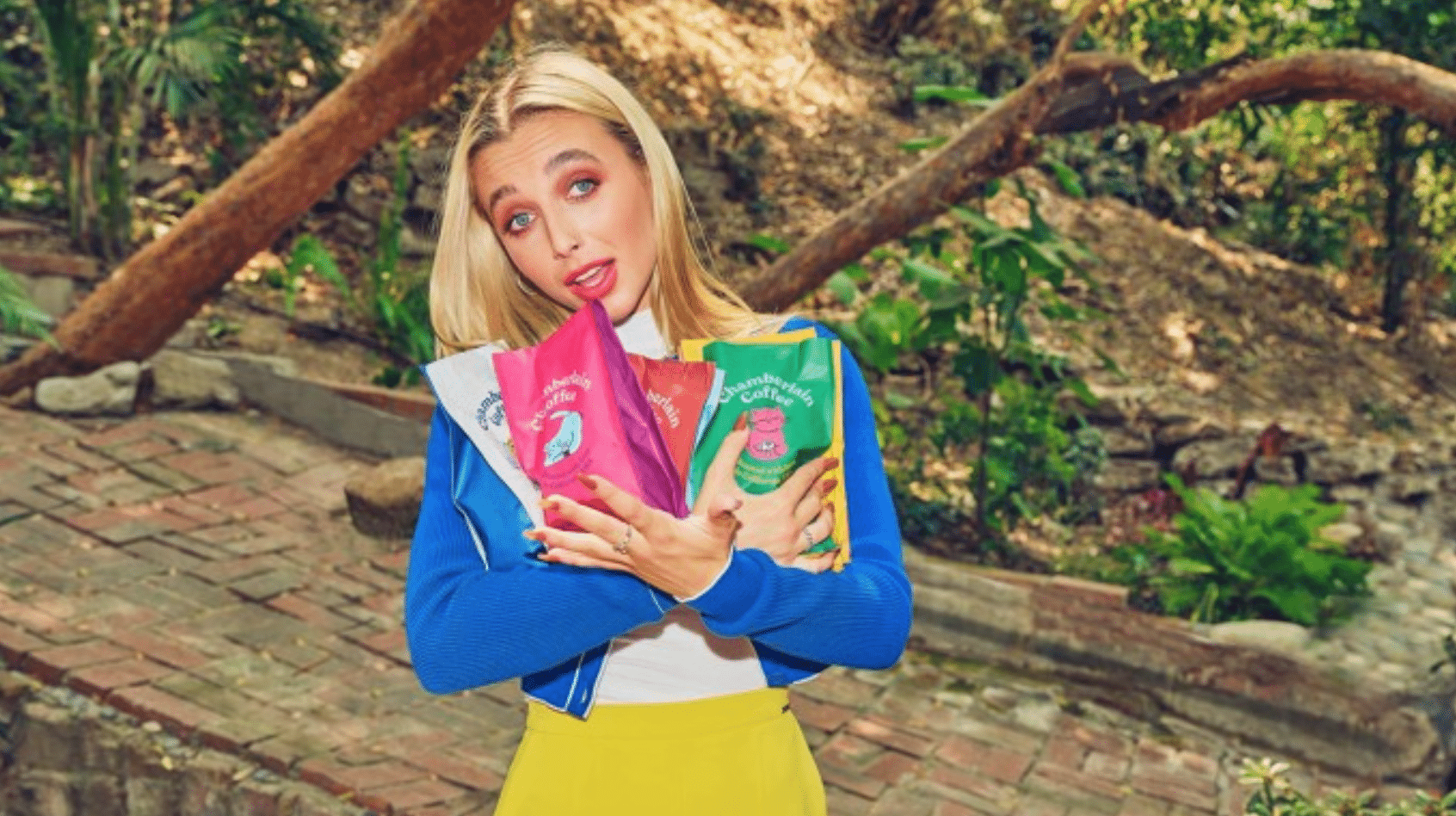
With a consistent posting schedule, mega influencers keep their followers entertained and forge solid bonds as trusted figures within their respective niches.
Their large followings mark them as an enticing proposition for brands seeking to harness the power of influencer marketing.
What are the challenges in Mega Influencer
partnerships?
1. Mega influencers must strike a delicate balance between satisfying the expectations of their sponsors and maintaining the trust and loyalty of their audience.
2. Straying too far from their original content or promoting products that do not align with their personal brand values can lead to a loss of credibility and ultimately a decline in their influence.
3. Moreover, mega influencers are prone to facing scrutiny regarding the transparency and authenticity of their content.
4. Brands who work with Mega Influencers specifically are prone to suffering more because of their status if bad press about the influencer spreads online – think Kanye West getting dropped by Adidas.
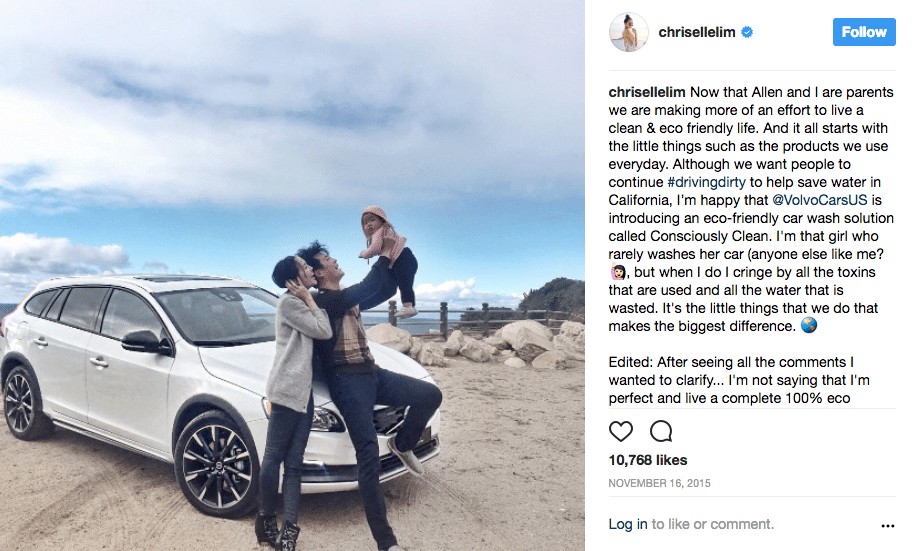
Mega Influencer Chriselle Lim was criticised for her off-brand and unusual collaboration with Volvo.
Many influencers are striving for greater transparency through clearly disclosing sponsored content, maintaining open and honest communication with their audience.
Mega influencers are dominant figures in the influencer marketing landscape, possessing a vast reach and considerable impact on culture.
These influencers are the trend-setters, creating engaging content and securing lucrative partnerships that have proved their position as sought-after marketing assets.
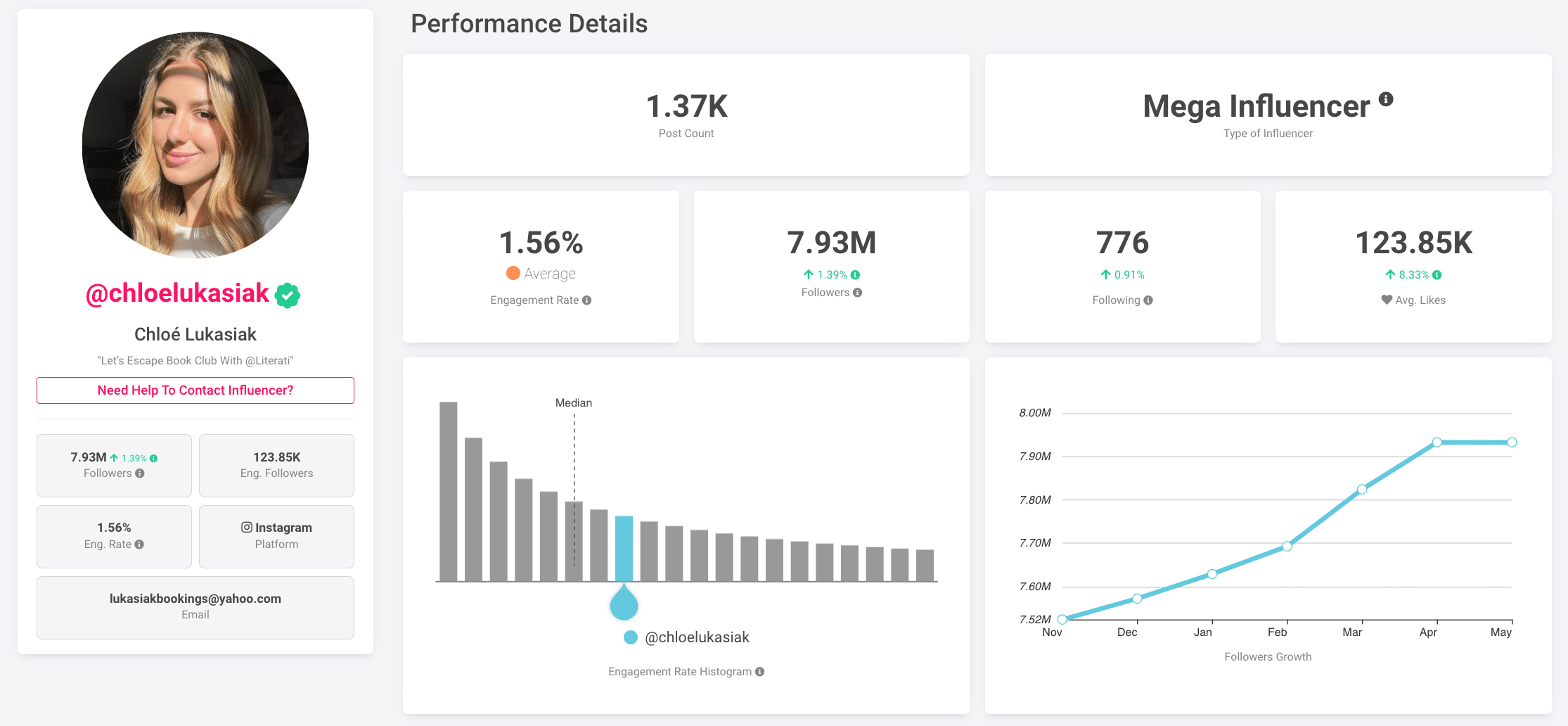
🔑 KEY CONSIDERATION: Due to a mega influencers’ large following, engagement rate tends to be lower.
Mega influencer Chloé Lukasiak‘s Click Influencer report shows a lower, average engagement rate percentage of 1.56% with 7.93M followers.
Macro Influencers 💥 (500K – 1M Followers)
A Macro influencer content creator is an influencer with a substantial following ranging from anywhere between 500K – 1M followers.
Instagram Reel posted by Drew Gooden.
This influencer category can encompass celebrities, TV personalities, athletes and even thought leaders.
Why do brands collaborate with Macro Influencers?
- Content created by macro influencers typically exhibits a more polished and professional flair.
- Super performing influencers who are less well-known celebrities or athletes.
- A more cost-effective alternative to Mega influencers overall.
- A preferred choice for brands who are seeking a certain level of sophistication and refinement which aligns with their audience and objectives.

What are the challenges in Macro Influencer
partnerships?
However, due to the popularity and success of macro influencers, this can present some challenges financially…
1. While these influencers command a significant reach, brands can expect a relatively high cost for their collaboration, although not as steep as with mega-influencers.
2. Furthermore, brands should note that the engagement rate may not always be ideal. This is because of the previously mentioned follower to engagement ratio.
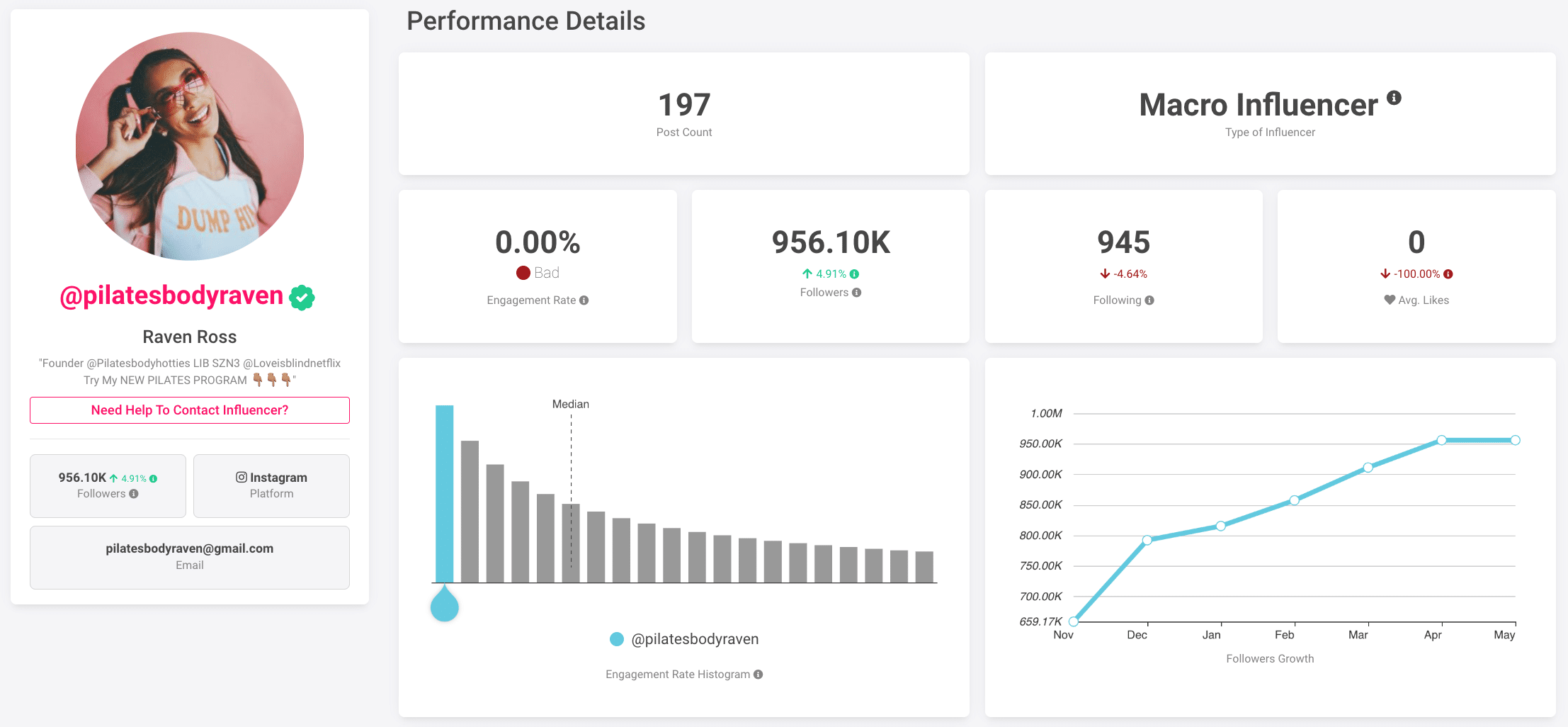
Pictured below, another macro influencer Drew Gooden‘s Click Influencer report shows a lower number of followers (684.55K) than that of Raven Ross, but boasts an amazing engagement rate of 20.88%.
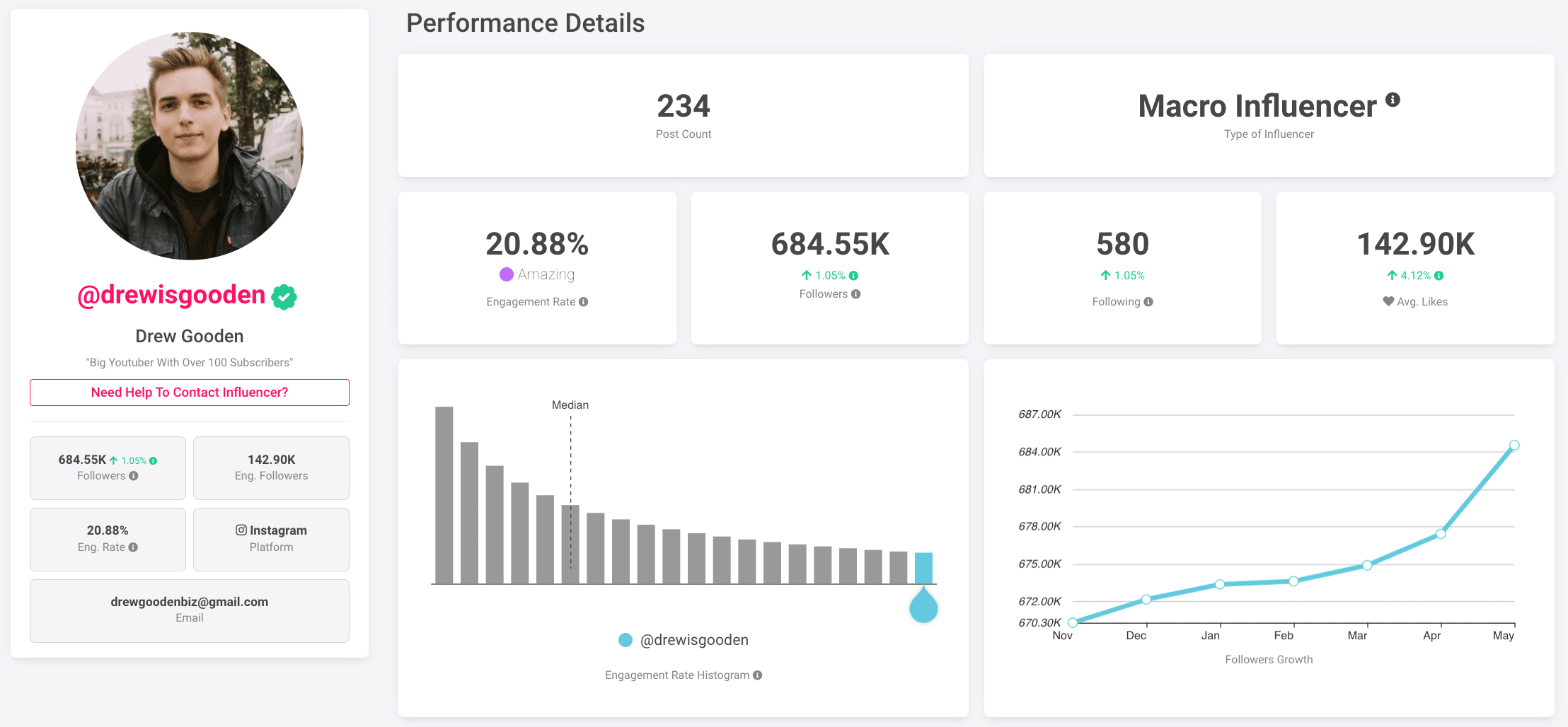
Mid-Tier Influencers ✨ (50K – 500K Followers)
A Mid-Tier influencer (also known as a Super Influencer on Click,) is a content creator with an audience of between 50K – 500K followers.
While not attaining celebrity status yet, a social media content creator at this level is able to wield great influence and are highly trusted by their followers in their choices and collaborations.
Why do brands collaborate with Mid-Tier
Influencers?
- Mid-tier influencers are more likely to have had humble beginnings as nano influencers, climbing their way gradually to this super influencer status.
- The most up and coming influencers, they often deliver the most success and can have better expertise than macro profiles.
- More likely to be used to partnering with brands of a variety of sizes.
- An increased, closer connection to and all-round understanding of their audience.
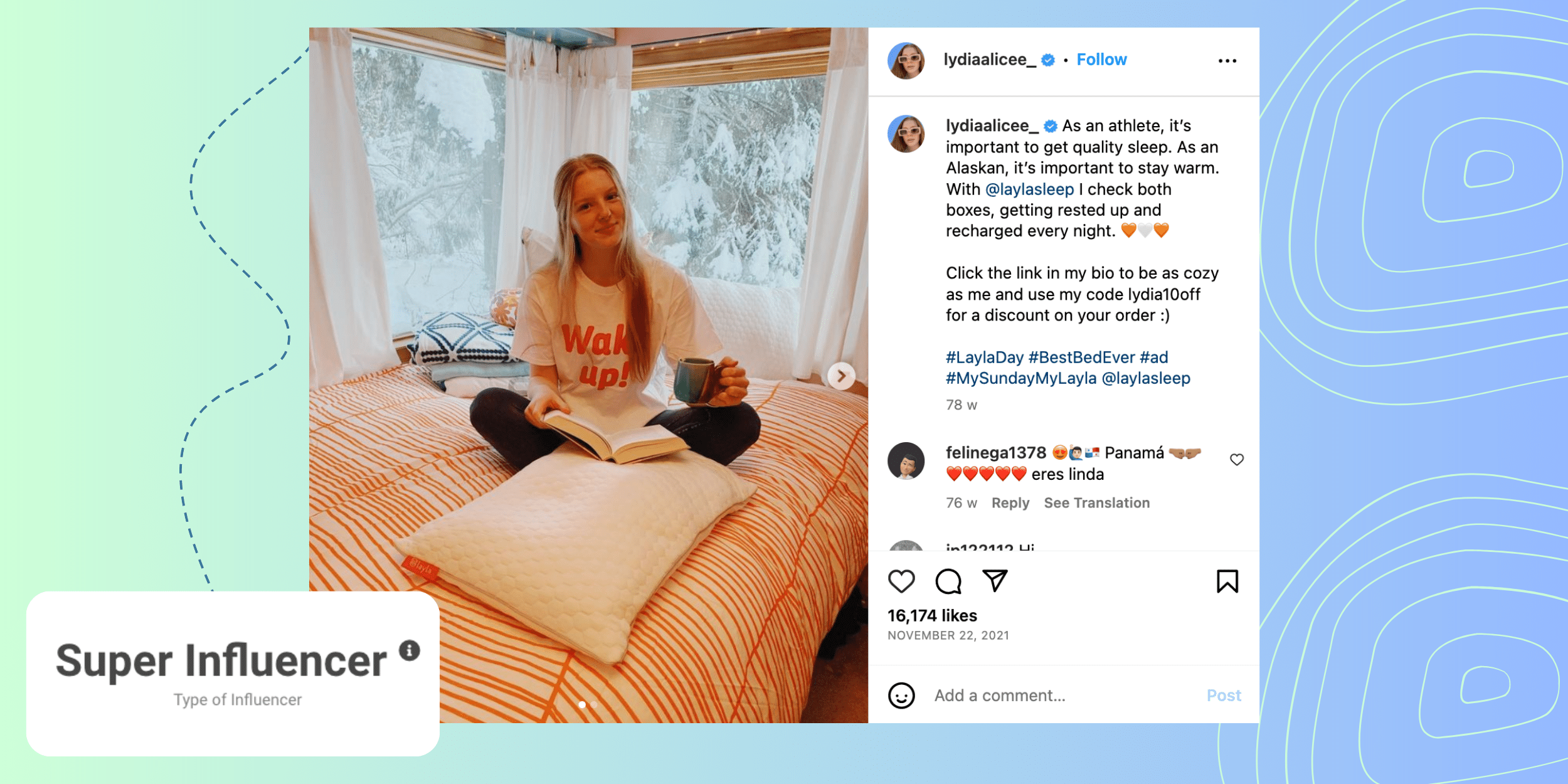
What are the challenges in Mid-Tier Influencer
partnerships?
Though this category of social media content creator can offer a more targeted audience, higher engagement and an authentic audience connection, these types of influencers can still pose challenges for marketers:
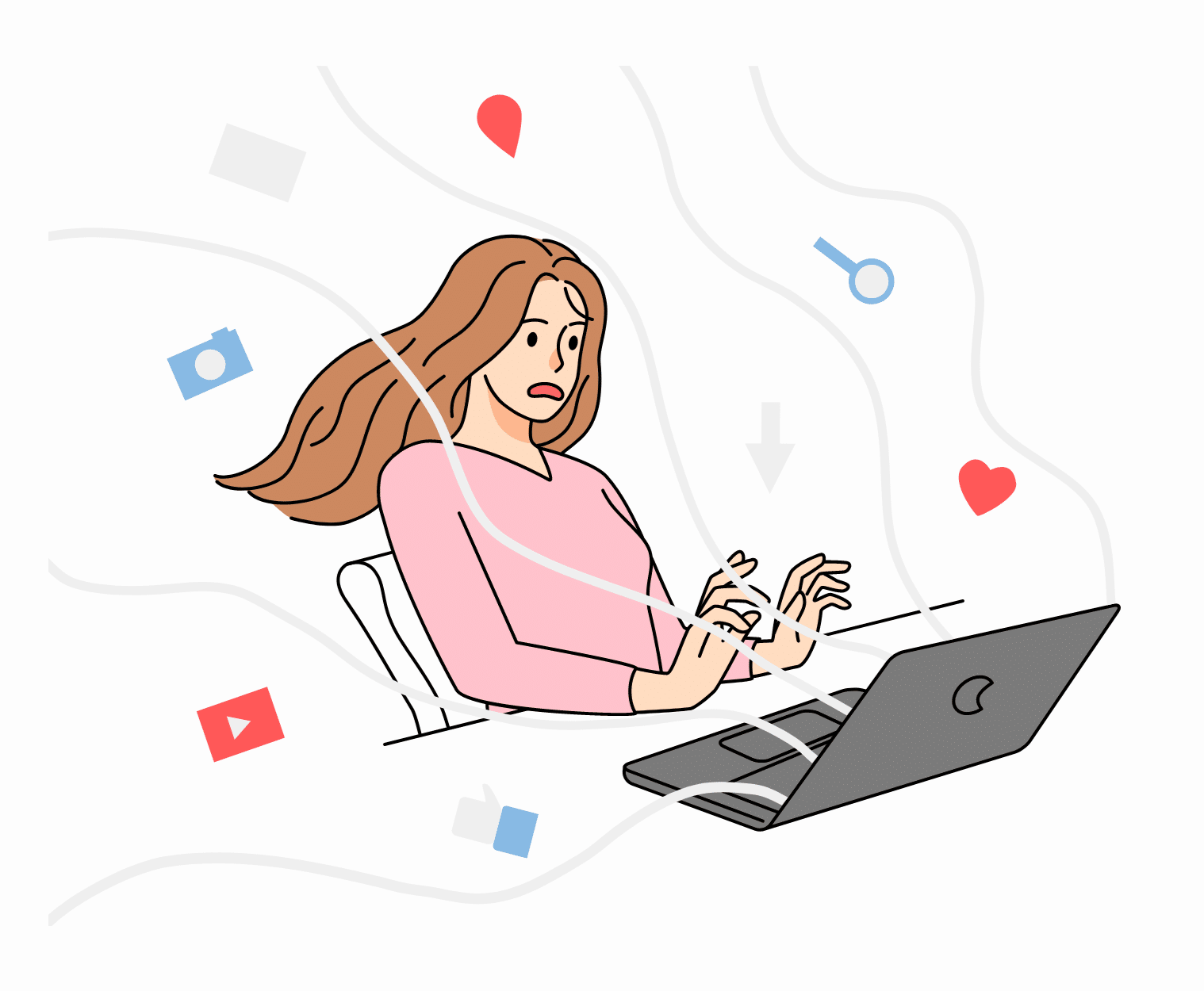
- Mid-tier influencers often receive numerous collaboration requests, making it essential for brands to stand out and offer compelling partnerships that resonate with the influencer’s values and audience.
2. Brands need to invest time and effort into understanding a content creator of this category. It is integral to propose a partnership that works in synergy with an influencer’s existing content.
3. While they may not command the same high fees as Mega influencers, Mid-tier influencers still recognise the value they bring and expect fair compensation for their content creation and influence.
4. Brands should be prepared to have open discussions about rates, deliverables, and expectations in order to reach mutually beneficial agreements.
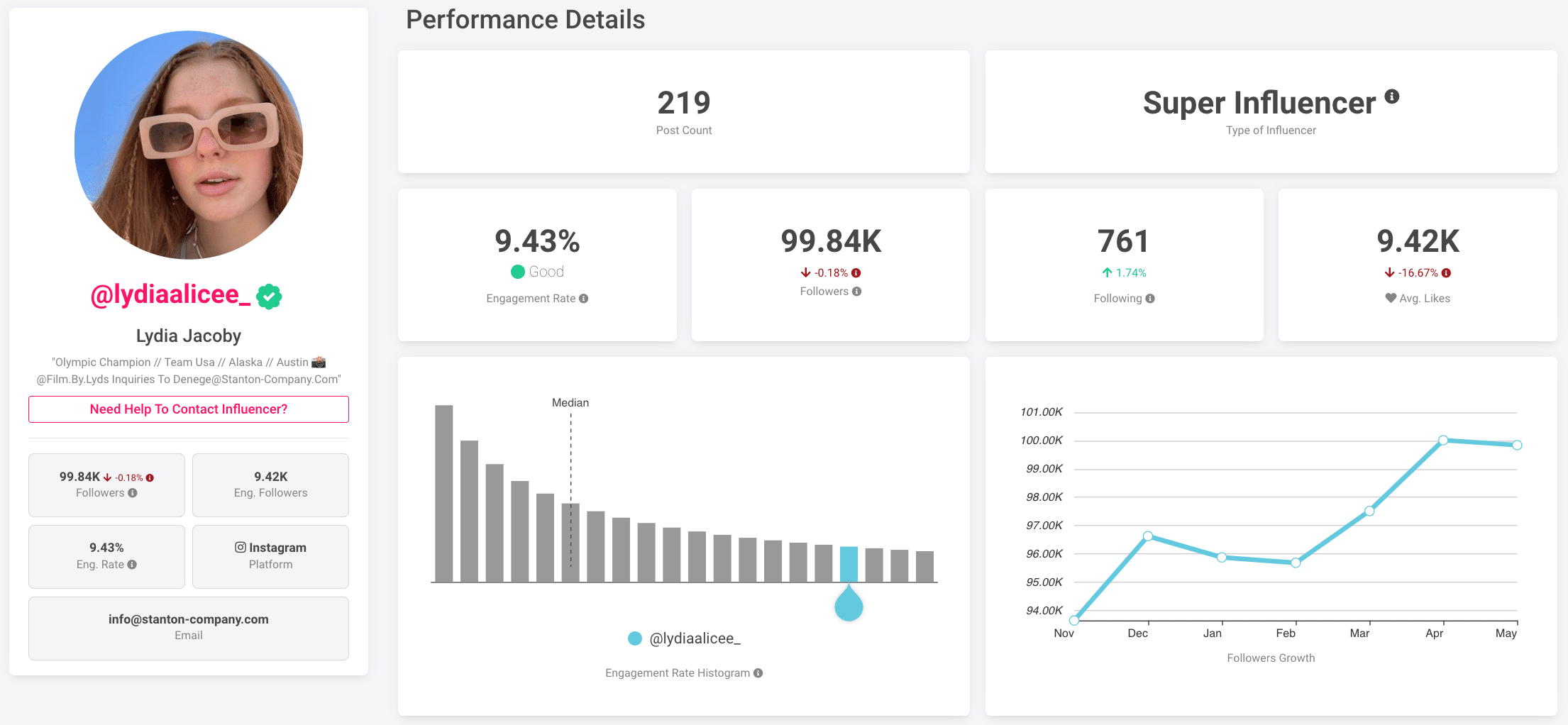
Mid-tier and Super influencer Lydia Jacoby has a Click Influencer Report showcasing a good engagement rate of 9.43% in relation to her 99.84K followers.
Mid-tier influencers (Super influencers,) are a highly trusted social media content creator.
Offering brands slightly higher engagement rates compared to Macro or Mega influencers social media content creators, their wide reach is a huge contributing factor to their broad appeal.

Their content strikes a balance between being polished and relatable, fostering both authenticity and familiarity.
Through their gradual ascent to popularity, Mid-tier influencers harbor meaningful connections and impactful results for brands.
Micro Influencers 🚀 (10K – 50K Followers)
A Micro Influencer content creator is an influencer with a smaller but mighty following of 10K – 50K followers.
Instagram Reel posted by Kathryn.
A social media content creator working at this level can often be overlooked by brands, when in reality they can create ripples of impact and still manage to drive an impressive amount of sales – especially for smaller businesses.
Why do brands collaborate with Micro Influencers?
- 82% of consumers are more inclined to purchase a product that has been recommended by a Micro influencer.
- Highly authentic content —> intimate relationship with audience —> a targeted approach, ultimately leading to conversion rates.
- Viable option for smaller and newer brands financially.
- Working with a pool of Micro influencers can generate huge results in a cost effective way that increases diverse audience reach.
What are the challenges in Micro Influencer
partnerships?
A content creator of this calibre is unlikely to pose many challenges for brands due to their more concentrated and controllable audience, as well as their lower status…
But minor challenges to consider include:
- Less polished content, as such creators are less experienced overall and lack funding to create content of a high standard.
2. Likely to have lower experience levels in brand collaborations than Mid-tier – Macro influencers for example, so clear communication and patience between brand and influencer is crucial.
3. A smaller following on the whole – but often these audiences are intensely dedicated to a content creator due to their ability to cater to a specific niche.
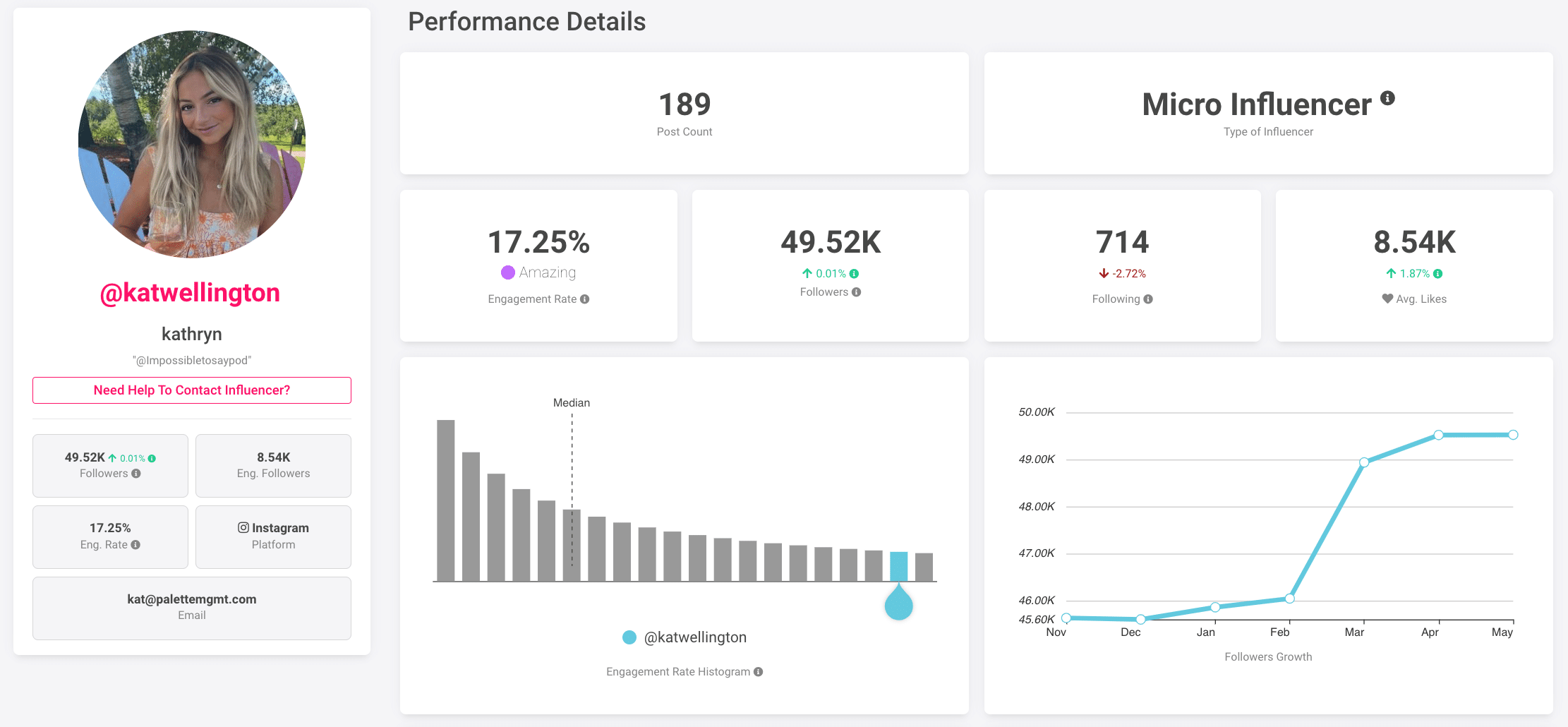
Instagram content creator and Micro influencer Kathryn (@katwellington) is a successful, smaller content creator.
Her Click Influencer report reveals her impressive, amazing scored engagement rate of 17.25% in line with her Micro Influencer following of 49.52K.
Nano Influencers 🌱 (1K – 10K Followers)
The fifth and final content creator remaining out of these types of influencers is the Nano influencer (also known as a Niche Influencer on Click).
This content creator has an audience size of 1K – 10K followers.
A social media content creator of this size provides brands with a modest but highly engaged audience.
They may have a narrower reach, but they often garner the highest engagement rate among all influencer types.
Why do brands collaborate with Nano Influencers?
- Their content is hyper-authentic and personalised, creating a unique experience for brands collaborating with them.
- The cost-effectiveness of these influencers make them an attractive option for brands with limited resources.
- Some Nano influencers may even collaborate with brands for free as they prioritise building a following and establishing partnerships.
- Brands can leverage an audience’s deep trust in Nano Influencers to effectively convey their message and drive desired consumer actions.
What are the challenges in Nano Influencer
partnerships?
Because of a Nano influencer’s limited audience, some challenges may surface depending on brand size and what the partnership proposal entails:
1. Reaching a wider target market or achieving large-scale brand exposure.
2. Less professional resources and experience – can be more time consuming for brands to provide additional guidance and support.
3. Measuring the impact and return on investment (ROI) of campaigns with Nano influencers can be more challenging.
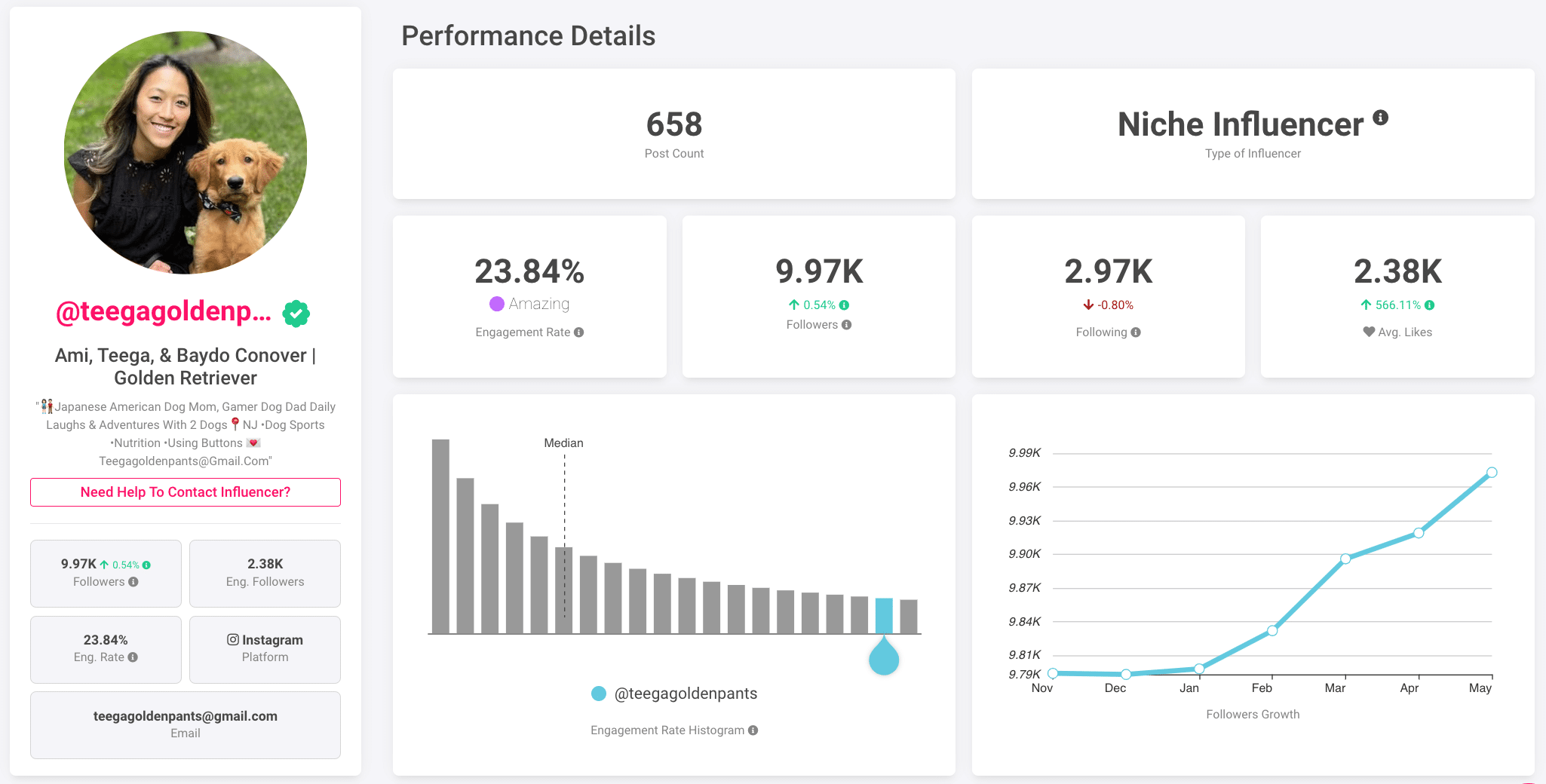
Nano influencer Ami‘s Click Influencer Report illustrates the intense engagement rate that a small content creator can receive. Ami has an amazing engagement rate of 23.84% in relation to her dedicated following of 9.97K.
By partnering with Nano influencers, brands can tap into a dedicated and engaged audience, leveraging their personal touch and influence to drive meaningful results.


